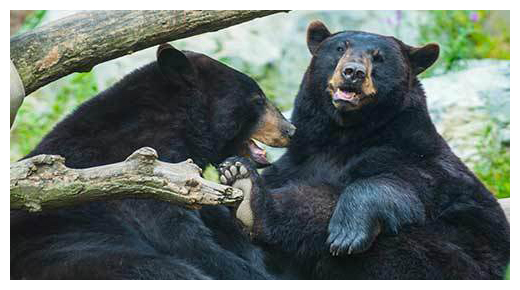Last week I joined the New England Idea Generation Consortium (NEIGC) on a tour of the Stone Zoo where we had the opportunity to see how continuous improvement is expressed in an animal-care function.
|
ADVERTISEMENT |
In the open area for black bears, Senior Keeper Dayle Sullivan-Taylor explained to us the importance of animal enrichment. “It’s the best part of my job, working with the animals on operant conditioning,” she says.
We watched as she coaxed one of the bears to stand and place first its front paws and then its face against the glass. “They’re very food-motivated,” she notes and demonstrates, lofting food treats over the glass barrier as a reward for the bear’s response.
The behaviors the bears learn, referred to as “enrichment,” serve two purposes: First, keeping their minds and bodies active and in learning mode, and second, as in this case, teaching them to stand at the edge of the barrier.
“Behind the scenes the face behavior enables us to do many health checks and also give shots as needed without the need of anesthetizing the bears,” Sullivan-Taylor explains.
…

Add new comment